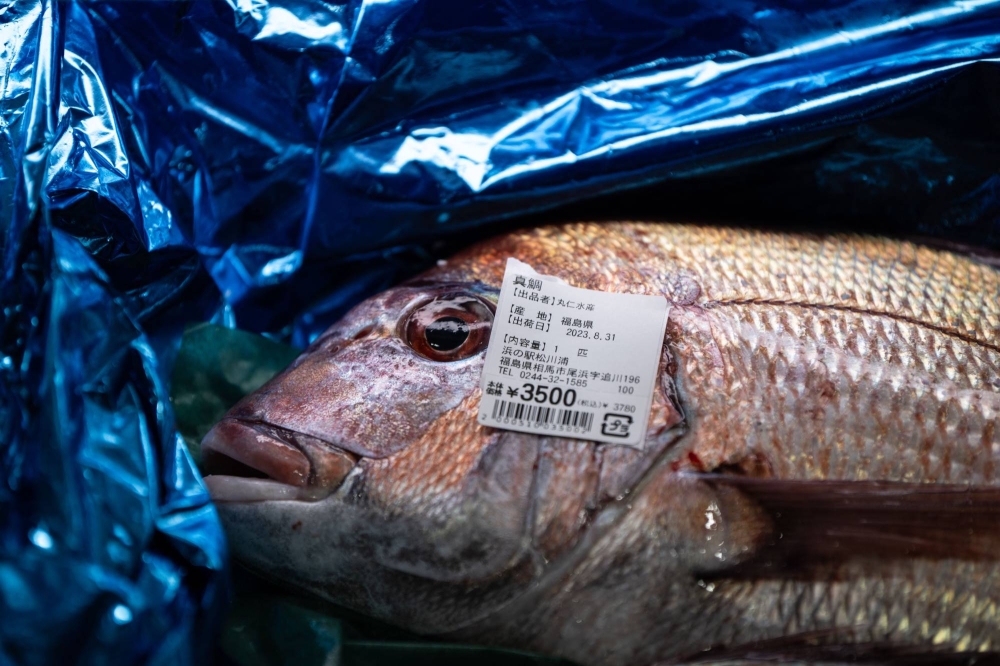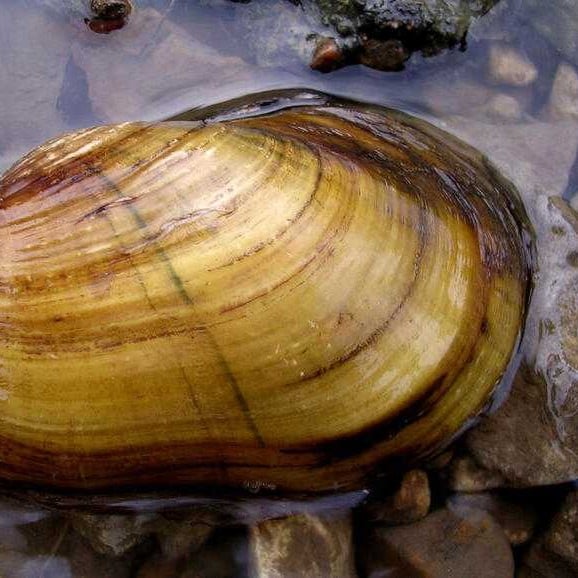No detectable amount of tritium has been found in fish samples taken from waters near the crippled Fukushima No. 1 nuclear plant, where the discharge of treated radioactive water into the sea began a month ago, the government said Monday.
Tritium was not detected in the latest sample of two olive flounders caught Sunday, the Fisheries Agency said on its website. The agency has provided almost daily updates since the start of the water release, in a bid to dispel harmful rumors both domestically and internationally about its environmental impact.
The results of the first collected samples were published Aug. 9, before the discharge of treated water from the complex commenced on Aug. 24. The water had been used to cool melted nuclear fuel at the plant but has undergone a treatment process that removes most radionuclides except tritium.
ignorance and paranoia about radioactivity go hand in hand.
i know so many otherwise smart people who lose it on this issue. because they just think any radioactivity = destroy planet forever . completely ignorant to how it actually works, and just think every power plant must eventually chernobyl and that one barrel of nuclear waste is enough to destroy 1000s of miles or something equally absurd.
totally sad.
Sample size is critical to get a realistic result of the tritium toxicity. In this case, they sampled only 64 fish! That would not yield a statistically significant result!
Samples of local fish have been collected at two points within a 5-km radius of the discharge outlet, except during rough weather conditions, with the agency announcing its analysis results on an almost daily basis since Aug. 26.
No tritium was detected in 64 fish, which included flounder and six other species, collected since Aug. 8.
I mean… you could have read the article.
I remember commenting on a post where China condemned Japan for doing this.
I asked ppl there “is this actually bad or is this kind of par for the course of getting rid of the dangers left behind in Fukushima?” And most of them were like “it’s not a common occurrence but it’s not inherently dangerous and it’s not that big of a deal”
To me it looks like the vast majority of objections to this came from strategic propaganda related to domestic relations of China and/or other nations.
Its also classic anti-nuclear power FUD.
I don’t doubt nuclear power works. I just know how humans work. Everything we build we also destroy. Let’s not take the planet with us.
This here is also classic anti-nuclear power FUD.
This here is capitolist FUD, but I’m sure in all your great wisdom think humans can be trusted not to fuck up a 5th time.
There’s nothing more capitalist than pushing coal and oil.
And any rational green energy advocate knows it’ll take us decades to build enough solar/wind to fill the fossil fuels gap, but would only take us a couple years to fill that demand with nuclear and also produce fewer emissions. That’s simple numbers.
So are you just irrational or a coal-snorting capitalist yourself?
Show me this “fossil fuel gap” when it takes a decade for a nuclear power plant to run at full efficiency.
Sample size: 64
Also, are there other things like Caesium-137 that pose a risk?
All that other stuff was filtered out, but the tritium is near impossible to separate, because it is chemically identical to the hydrogen in normal water.
As for caesium, there are still detectable amounts of Cs-137 in most of the word from the thousands of atomic bomb tests. It’s half life is just 30 years, but it will still be detectable for a hundred years or so because of the huge amount we released.
Not really. This video by Kyle Hill does an amazing job at explaining it.
I’ll trust the nuclear scientists that say that the release is safe, but there should be a transparent international panel, including China which has concerns about the release into fishing waters, that is given access to conduct their own tests with all parties agreeing to release their findings.
Dangit, now how am I gonna get my piscine superpowers/fish shaped tumors?
A banana naturally has has around 15 Bq of potassium 40. Assuming a volume of 100 mL, mashed bananas have around 400 Bq/L.
Currently, the treated water has around 250 Bq/L, around a fifth of mashed bananas. In other words, a banana smoothie could easily be more radioactive then the water as it was released.
The banana’s potassium 40 has a half life of more then a billion years, so it’s not going anywhere, unlike the tritium who’s amount will half every 11 years. Also, potassium is concentrated by many plants and animals, while tritium is not.
Precious tritium
The power of the sun… in the palm of my hand
Unsurprising.
When I was on nuclear submarines I got less radiation than a single flight on an aircraft. And you gotta know there were less-than-secret competitions on who could rack up the most mrem. Could never get close to significant.
Removed by mod
now do extraction, refinement, transportation, etc. for diesel
I think that if the environmental movement emphasized how much radioactive material is released by coal and other fossil fuels, we’d have a lot less public resistance to phasing them out.
I appreciate the discourse, my only intent with my comment was to give a perspective as to how operationally safe it is. That is not to say I would be alright with being in the Reactor Compartment while it was operational, that would lead to certain and painful death.
I haven’t really considered the relative environmental impact of the extraction, refinement, removal, and waste management of nuclear fuel and how that compares to other alternatives like coal or gas. I would suspect that carbon emissions from that process are significantly more.
I would however expect that the environmental impact is significantly less for the other items on your list like transportation and more specifically operation.
You do seem to be pretty aware of the state of energy research, do you happen to have any recommended papers to take a look at that might shed some light on the overall environmental impacts of nuclear and how they compare to the current alternatives?










